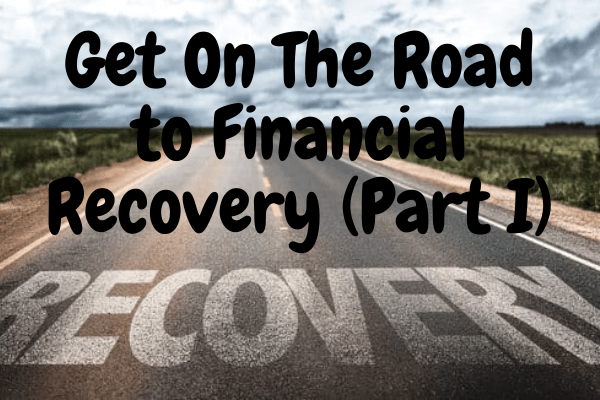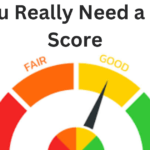Get On The Road to Financial Recovery (Part I)
If you have gotten yourself into debt, don’t despair. You can help yourself get your life and your good credit reputation back.
What You Can Do for Yourself
Budget your expenses. Create a spending plan that allows you to reduce your debts. Itemize your necessary expenses (such as housing and health care) and optional expenses (such as entertainment and vacation travel). Start a savings plan so that funds are available for unforeseen but essential expenditures. Stick to the plan.
Try to reduce your expenses. Cut out any unnecessary spending such as eating out and purchasing expensive entertainment. Consider taking public transportation rather than owning a car. Clip coupons, purchase generic products at the supermarket and avoid impulse purchases. Above all, stop incurring new debt. Consider substituting a debit card for your credit cards.
Use your savings and other assets to pay down debts. Withdrawing savings from low-interest accounts to settle high-rate loans usually makes sense. Selling off a second car not only provides cash but also reduces insurance and other maintenance expenses.
Look for additional resources from governmental and private sources for which you may be eligible. Government assistance includes unemployment compensation, Aid to Families with Dependent Children (AFDC), food stamps, low-income energy assistance, Medicaid, and Social Security including disability. Other resources may be available from churches and community groups. Often these sources are listed in the Yellow Pages of your phone book. That’s all for the Get On The Road to Financial Recovery (Part I).. Here you can read about Part 2 of financial recovery.




